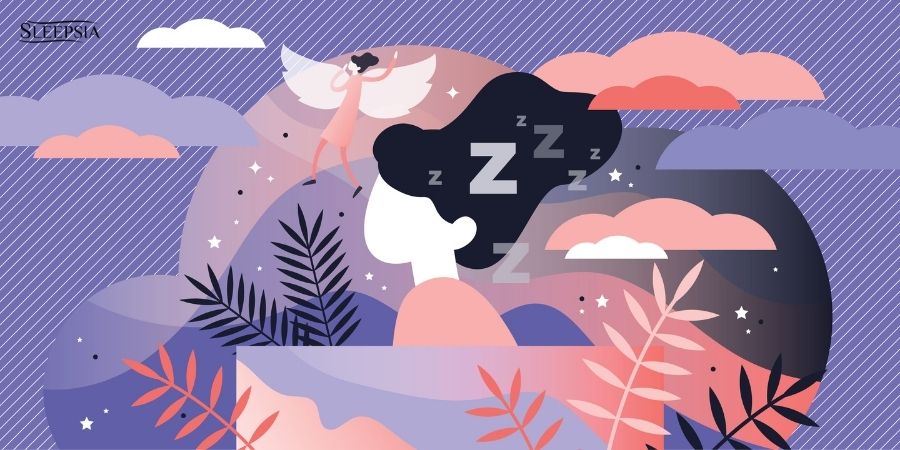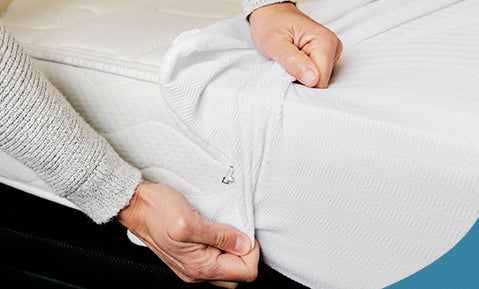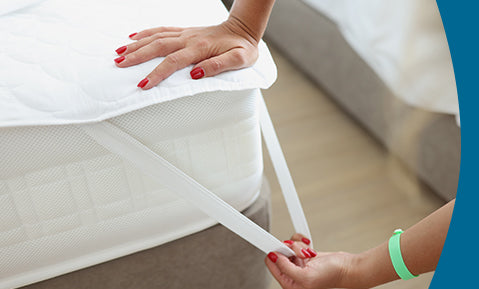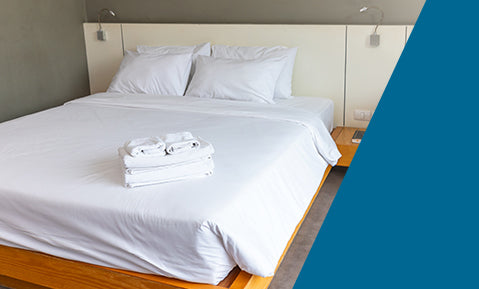
When you’re aware of a dream taking place, you’re experiencing a lucid dream. Sometimes, you can even control some aspects of these dreams. Although not as exciting as the concept in inception, lucid dreams are a great experience, much better than scary nightmares.
According to a study, almost half the people experience lucid dreams at least once in their lives.
And the experience is so good that experts have conjured up many techniques that aim to increase the frequency of lucid dreams.
Many people think of lucid dreams as the best immersive experience, in which we have complete control of every aspect of our life, even though it isn’t reality.
What is a Lucid Dream?
According to specialists, “A lucid dream is defined as a dream during which dreamers, while dreaming, are aware they are dreaming.”
In most other dreams, we never realize that we’re actually inside a dream, that this world is a figment of our imagination. But this is where lucid dreams amplify the dreaming experience.
Generally occurring during the rapid eye movement sleep, lucid dreams provide some level of influence to the dreamer. While some people simply wake up from the dream, others control certain aspects of it.
Benefits of Lucid Dreams
As a very fascinating idea and relaxing experience, lucid dreams give us a lot of control over an immersive experience.
Here are the benefits of lucid dreams:
Overcome nightmares
Around 50% to 85% of adults and 50% of young children experience nightmares occasionally.
Because they can interrupt your sleep and stress you out, recurring nightmares are associated with or may lead to:
- Stress and anxiety
- Post-traumatic stress disorder (PTSD)
- Depression
- Sleep disorders, such as insomnia
Some people start to rely on medications and recreational drugs to deal with recurring nightmares.
In contrast to nightmares, which are immersive yet out of our control, lucid dreams enable us to change certain aspects of the dream, aspects that we don’t like.
Reduce anxiety
There is some anecdotal evidence that lucid dreams may reduce anxiety. Because most of the lucid induction techniques require you to be in a calm state, you automatically start practicing techniques that relieve anxiety.
Deal with phobias and traumas
Some specialists see lucid dreams as a promising therapy to counter not only recurring nightmares but also PTSD and phobias, such as agoraphobia, claustrophobia, and acrophobia.
These specialists believe lucid dreams to be like a simulation, in which the person has control over the environment, control that gives them the opportunity to deal with their phobias and traumas.
Lucid Dreams Technique
Since most of us experience lucid dreams only once in our lifetime, we must rely on certain techniques to increase their frequency.
Here are some techniques to get into lucid dreams:
Reality testing
More of a habit, reality testing requires you to continually judge if you’re in a dream or in reality.
So when you’re walking or lying down, simply:
- Ask yourself “Am I dreaming?”
- Then touch a few objects.
- If the objects are solid, then you’re in reality, but if they’re intangible, then you’re in a dream.
An easy way to make this a habit is to set up regular reminders. Whenever the reminder comes up in your smartphone, you check with yourself if you’re dreaming or not.
Why may this technique work?
Cognitive neuropsychiatry states that your metacognition is quite similar in awake and dream states.
Metacognition refers to awareness of one’s own thoughts, thought processes, and thought patterns.
So if you get used to greater awareness of dream and reality when you’re awake, you’ll have greater awareness of these when you’re sleeping.
Mnemonic induction of lucid dreams (MILD)
As a deliberate visualization technique, mnemonic induction of lucid dreams requires you to simply play the task you want to do again and again.
Let’s say that you always forget to floss your teeth before going to bed but want to create a habit of flossing at night.
In this case, you simply visualize yourself doing the task. And you must visualize the task multiple times a day in order to hardwire that habit into your brain, making it more likely for you to follow through with the habit of flossing.
Instead of flossing, you can use this technique to induce lucid dreams.
There are 3 steps to practice MILD:
- Rescript: Upon waking up, remember the dream and pin point on a part which you remember for certain. Now create a new narrative for the dream by changing a few aspects of it.
- Rehearse: Go back into the dream and follow up with that change. At first, visualizing yourself experiencing a lucid dream may be awkward and difficult. But it becomes easier and more natural with time.
- Remind: Before heading to sleep, say to yourself “I will remember that I am dreaming.” Focus on this thought while you drift into sleep.
You may practice this technique several times during the day. But it’s essential to practice it just after waking up and just before going to sleep.
Note: LaBerge, along with his colleagues, outlined the MILD technique in PloS One.
Wake back to bed (WBTB)
One of the most popular technique to induce lucid dreams, wake back to bed technique (WBTB) requires you to take the following steps:
- Before going to sleep, set an alarm for after 5 hours.
- Sleep and wake up when the alarm goes off.
- Stay awake for 30 minutes. Read something or think about your dream.
- Go back to sleep.
- Wake up at your usual waking time.
By increasing your mental awareness before heading back to REM sleep, you can increase your likelihood of experiencing a lucid dream.
Fusion of techniques
According to a study done in 2017, a combination of MILD, WBTB, and reality testing works the best for increasing the frequency of lucid dreams.
Another study found a combination of MILD and WBTB works best. The procedure followed to get to lucid dreams was as follows:
- Participants were woken up after 6 hours of sleep (time when they’re in REM sleep).
- They had to practice a control exercise, either reading or MILD, for 30 to 60 minutes.
- The participants had to go back to sleep.
This increased the frequency of lucid dreams experienced by participants who didn’t have a natural talent for it.
Sleep journal
As increasing the frequency of lucid dreams requires greater awareness of thoughts, tracking and monitoring sleep must be included in your daily routine.
A sleep diary records the following important information related to sleep:
- Time at which you went to sleep
- Wake-up time
- Number of times you woke up during the night
- Consumption of stimulants, such as caffeine and alcohol
- Daily exercise
- Number of naps taken during the day
If you have sleep problems, your doctor may even advise you to regularly track your sleep.
Just like keeping track of your thoughts, maintaining a sleep diary is a regular habit. As you track changes in your sleep, you can become more aware of problems that interrupt your sleep or cause you to stay awake.
How do Researchers Test Lucid Dreams?
Experts rely on devices such as electroencephalogram and electrooculogram to analyze the brain activity and sleep stage of the person.
Through these devices, experts can know if the person has entered REM sleep. After that, the patient's experiences are recorded.
Are there any risks of lucid dreams?
Experts still debate about the risk factors of lucid dreams. Although some experts swear by it, others believe that the lines between dream and reality are blurred because of lucid induction techniques. This may present problems for anyone with mental health conditions, such as psychosis or schizophrenia.
And time and again, use of lucid dreams for treatment of PTSD has failed.
Apart from this, lucid dreams increase the activity of the prefrontal cortex. An active brain reduces the quality of sleep. And according to research, frequent lucid dreams can disrupt sleep and the circadian rhythm (sleep-wake cycle).
A primary concern some people have is that lucid dreams may make it difficult to wake up. However, this isn’t the case, as you’re in charge of the dream environment, and you can wake up any time you choose.
Action steps to get into lucid dreams
Most of us will experience lucid dreams only a few times in our lives. So to improve your sleep experience, you may want to follow the action steps provided below:
- Follow good sleep hygiene: if you can’t fall asleep on time, then you can’t experience lucid dreams. To enter REM sleep, you must be completely relaxed and in a comfortable environment. For this, you must focus on creating a noiseless environment that is both cool and comfortable. Purchase comfortable pillows and mattresses and dress in comfortable and breathable clothing. Also, set the room temperature low, as cooler environments are better at inducing sleep.
- Use the reality check technique: As mentioned above, the more you’re aware of your thought process when you’re awake, the more you’ll be aware of it when you’re sleeping. So keep asking yourself during the day, “Am I in a dream?”
- Use the MILD or WBTB method: use one of these two techniques to get your mind primed for lucid dreams. The more you practice these lucid induction techniques, the more will be the likelihood of you experiencing lucid dreams.
- Record experiences: use a sleep journal to record your experiences regularly. Note down aspects of the dream that you remember vividly and create a narrative around them.
Conclusion
Lucid dreams are one of the best immersive experiences available to us. But the fact is that most of us won’t experience such dreams more than a few times in our lives. Luckily, we can rely on lucid induction techniques mentioned in this article to increase the frequency of lucid dreams.












